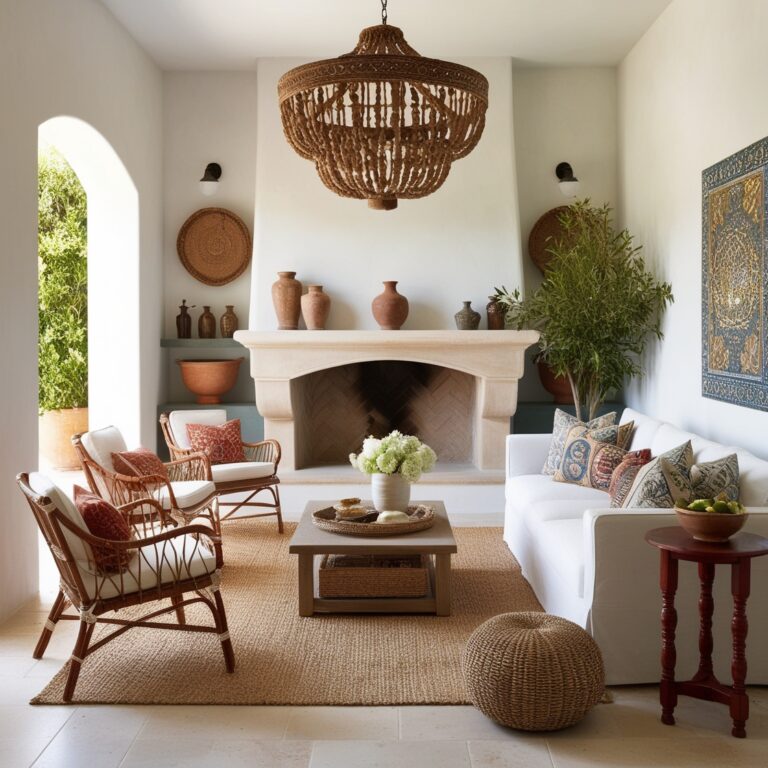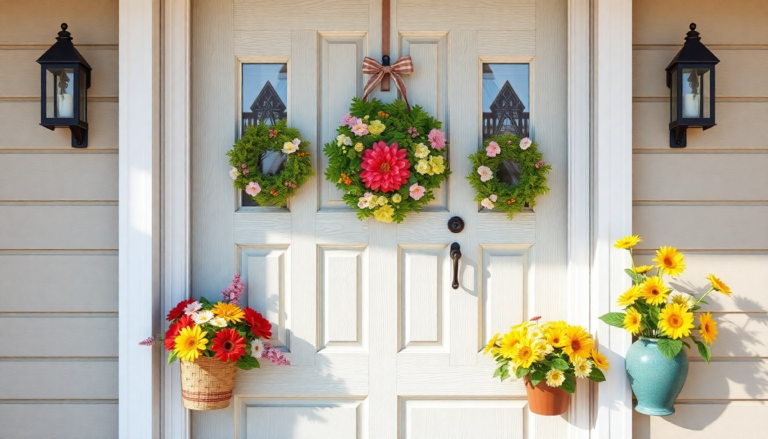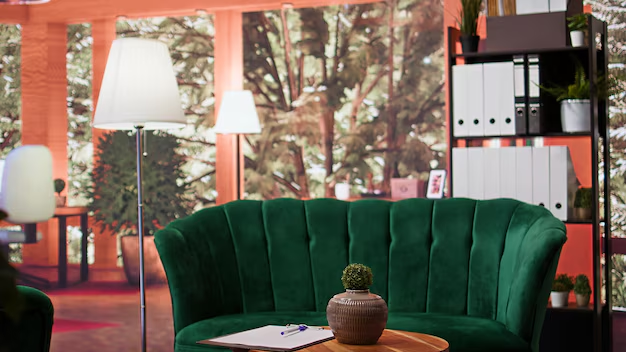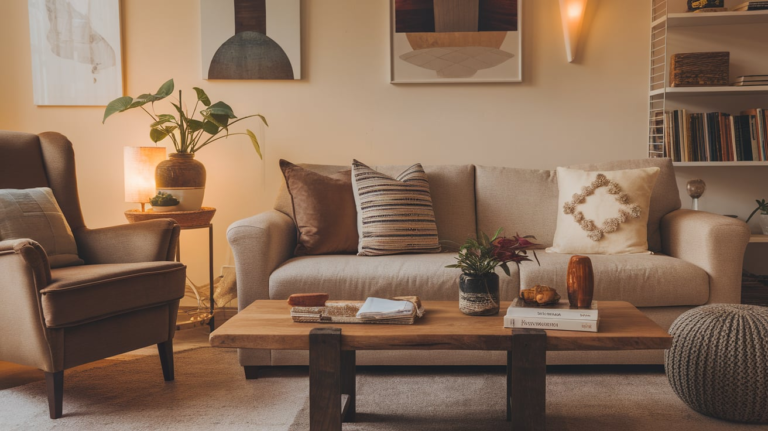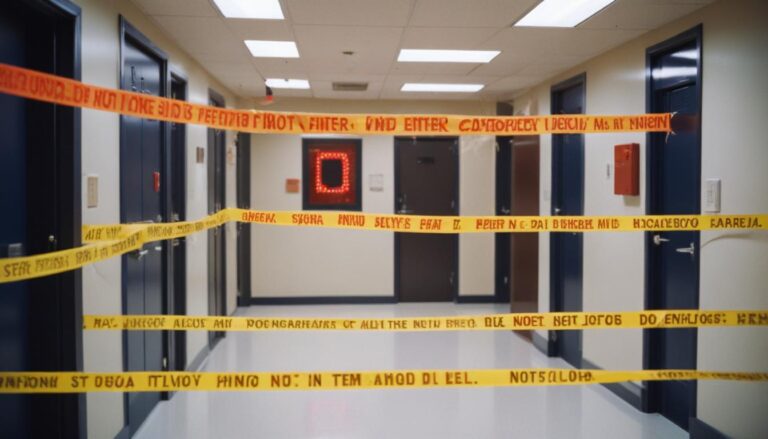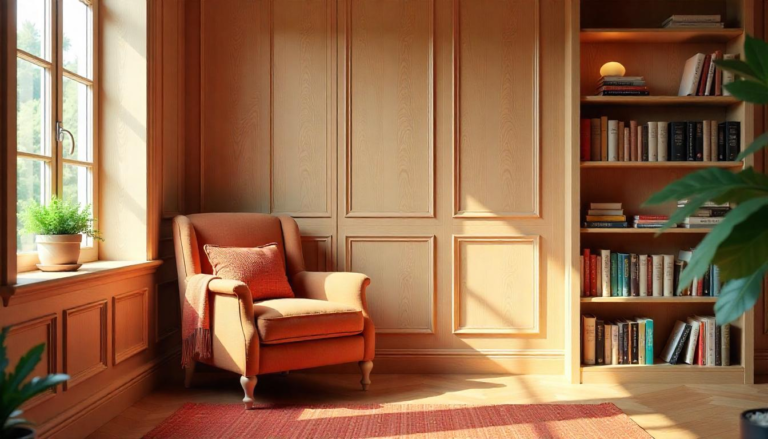16+ Fun & Functional Playroom Ideas For Your Littles (Big & Small!)
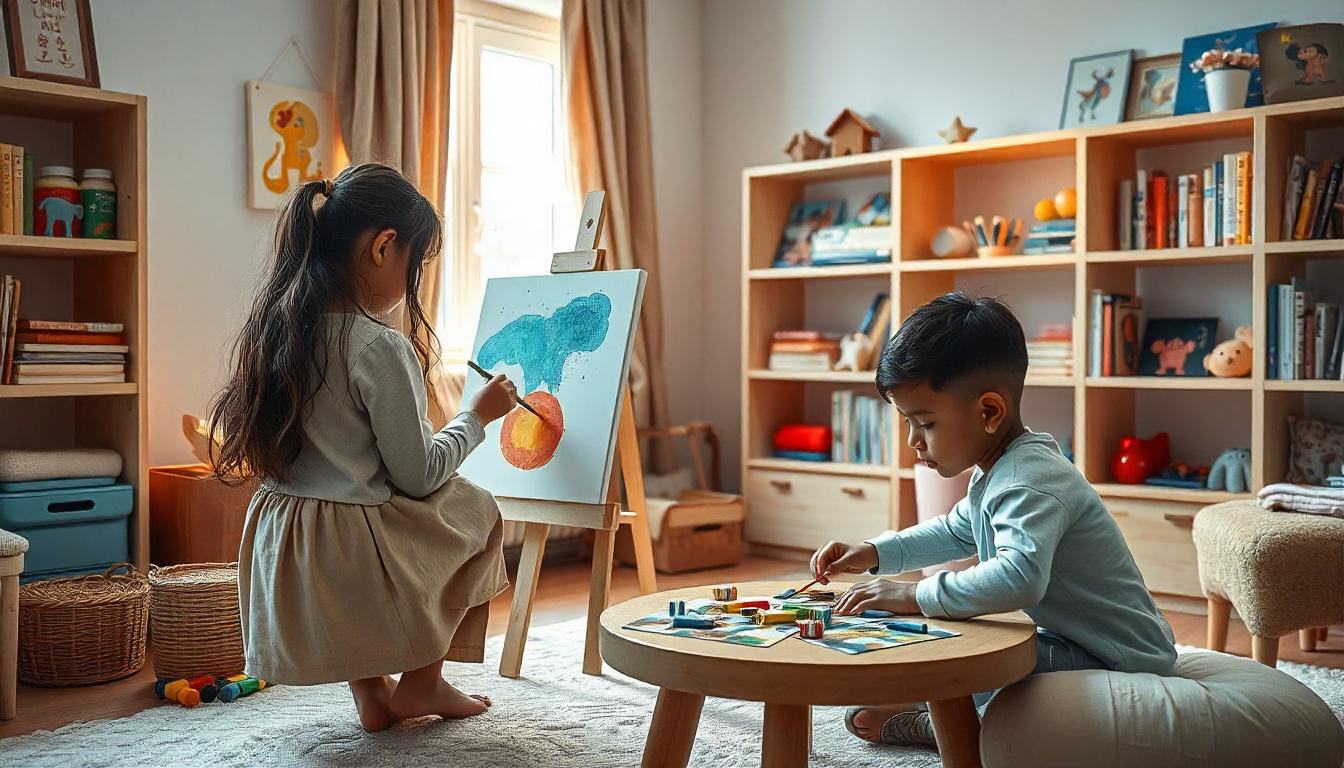
Creating the perfect playroom for your children is like designing a space where imagination and practicality collide.
Whether you’re looking to transform an entire room or carve out a little corner, there’s no shortage of ideas to make a playroom that your kids will love and your sanity will appreciate.
Ready to create the ultimate space where your little ones can play, learn, and grow? Let’s dive in.
1. Create Zones for Different Activities
Just like an organized home, a well-structured playroom can work wonders for kids and parents alike. Divide the space into zones—one for reading, one for building, one for crafts, and so on. This way, your child can easily move between activities without feeling cluttered or overwhelmed.
Pro tip: Use rugs or colorful tape to delineate each zone. Not only does this add to the aesthetic, but it also helps kids know where to play what.
2. Invest in Multipurpose Furniture
When you’re working with limited space, furniture that serves more than one purpose is a lifesaver. A bookshelf can double as a play table, a bench can double as storage, and modular seating can be rearranged for different activities. Not only will this keep the room tidy, but it will make the playroom functional as your kids grow.
Quick stat: According to a 2023 survey, 73% of parents said that multipurpose furniture helps them maximize the usability of their children’s spaces.
3. Embrace Color and Texture
The playroom is the one space in your home where you can go all out with bright colors and funky textures. Think soft, vibrant rugs underfoot, walls painted in pastel shades or fun patterns, and a mix of plush cushions and tactile toys. The right colors can inspire creativity and energy while providing a playful environment.
Anecdote: When I was a kid, my playroom was a wild mess of color—yellow walls, red furniture, and green toys. It was chaos in the best way possible, sparking my imagination every time I stepped inside.
4. Build a Reading Nook
Reading is fundamental—and a cozy reading nook encourages children to dive into books while giving them a space to relax. Incorporate soft bean bags, floor cushions, or even a small tent where your child can hide away with a book. Add some shelves or baskets filled with their favorite stories, and you’ll have a little library at home.
Pro tip: A soft, dim light like a string of fairy lights or a small desk lamp can create a calming reading atmosphere.
5. Use Wall Storage for Toys
Let’s face it—toys have a magical way of multiplying. Instead of letting them pile up on the floor, take advantage of the wall space for storage. Wall-mounted shelves or hooks can hold toys, craft supplies, or even play hats and costumes. The key is making sure that the storage is within reach for your kids, allowing them to put toys away themselves.
Quick tip: Label bins and baskets with pictures or words so kids can easily know where each toy goes.
6. Include a Craft Station
For creative kiddos, a craft station is a must-have. Whether they love to color, paint, or make paper mache sculptures, having a designated area for crafting will keep the mess in one spot. Invest in a sturdy table, a set of storage bins for supplies, and an easy-to-clean surface (think vinyl or wipeable tablecloths).
Pro tip: Include a roll of butcher paper or a chalkboard wall for endless doodling and drawing.
7. Go For a Themed Playroom
Sometimes, the best way to create a memorable playroom is to build it around a theme. Whether it’s a pirate ship, outer space, or a jungle safari, themed playrooms offer a rich, immersive experience. Let your child’s favorite characters, hobbies, or fantasies inspire the theme and fill the space with décor that enhances the vibe.
Anecdote: My neighbor turned her son’s room into a “space station,” complete with starry wall decals, a rocket ship play tent, and glowing planets. He’s still telling everyone about his “journey to Mars.”
8. Interactive Walls for Play
Give your kids something to engage with using interactive wall elements. Chalkboard walls or whiteboards allow them to draw and erase, while magnetic boards can hold toys or letters that stick. You can also use wall decals that kids can rearrange, making it an ever-evolving canvas.
Pro tip: Consider a wall-mounted climbing board for kids who love a little physical challenge—it’s great for building motor skills!
9. Add a Play Kitchen
Kids love to imitate adult behavior, and a play kitchen can be an entertaining way to let them do just that. Whether it’s a small, compact kitchen set or a full-blown miniature kitchen, this space can keep your little ones busy for hours. Add accessories like toy food, utensils, and even a pretend fridge for a realistic experience.
Quick stat: Studies show that pretend play—like cooking in a play kitchen—helps children develop social, cognitive, and language skills.
10. Build a Sensory Play Area
Sensory play helps young children explore the world through touch, smell, sight, and sound. Creating a sensory-friendly zone with materials like soft fabrics, textured toys, or bins filled with rice, sand, or water can help your little one develop essential motor and cognitive skills. Plus, it can be quite therapeutic.
Pro tip: If you can, set up a sensory bin that rotates different materials each week to keep things fresh and exciting.
11. Create a Playhouse
Who doesn’t love the idea of having their own mini house? A playhouse in the corner of the room can serve as both a functional space for imaginative play and a quiet retreat for your little one. Look for foldable or easy-to-store options if you’re short on space, or go for a full-size playhouse if you’ve got the room.
Anecdote: I remember spending entire afternoons in my playhouse as a kid, pretending to run my own little café. It sparked my creativity and gave me a sense of independence.
12. Play with Lights and Sound
Lighting plays a huge role in setting the mood. For a magical touch, incorporate fairy lights, lanterns, or LED strips to give the playroom a warm, whimsical glow. Additionally, adding sound features—like a musical toy or a speaker for kid-friendly music—can make the room even more immersive.
Pro tip: Use dimmable lights for different playtimes—brighter lights for crafts and quieter lights for reading or winding down.
13. Incorporate Soft Play Furniture
Soft play furniture can add comfort and safety to your playroom. Pieces like cushioned floor mats, foam climbing structures, and soft play blocks create an environment that encourages both physical play and downtime without the worry of bumps or bruises.
Quick tip: Soft, non-toxic materials are a must—look for furniture specifically designed for kids to ensure safety.
14. Have a Dress-Up Area
Kids love to dress up and pretend to be anyone from a superhero to a fairy princess. Dedicate a corner of the playroom to costumes, with a low-hanging bar for clothes, baskets for accessories, and a mirror for trying everything on. This not only adds fun but also promotes role-playing, which is great for cognitive development.
Pro tip: Organize costumes by theme or type (e.g., superheroes, animals, fairytale characters) to make them easier to find.
15. Build a Indoor Fort Area
Kids are natural builders and love the idea of constructing forts, caves, or hideaways. Give them the tools and materials to build their own fort in the playroom. Blankets, cushions, and pillows can be stacked or draped over furniture to create a cozy space for reading, napping, or playing pretend.
Anecdote: I once spent an entire weekend inside a blanket fort with my cousins, pretending it was a castle. It was one of the most memorable times of my childhood!
16. Keep the Toys Organized
Organization is key to maintaining a functional playroom. Use storage solutions that are easy for kids to access—like clear bins, toy baskets, or drawer systems. If your child can help put their toys away, they’re more likely to keep things tidy.
Pro tip: Label each storage bin with pictures or simple words to make clean-up easier for younger children.
17. Use Space Wisely for Small Rooms
If you don’t have the luxury of a large playroom, every inch counts. Choose compact furniture, wall-mounted storage, and foldable toys that can be packed away when not in use. A playroom doesn’t have to be large to be effective, but it does need to be organized.
Quick stat: 58% of parents living in apartments say space-saving solutions are crucial for making a small play area functional.
Designing a playroom that’s both fun and functional can seem like a challenge, but with the right ideas, you’ll have a space that’s not only practical but also exciting for your kids. Whether it’s creating a themed wonderland or setting up an arts-and-crafts corner, the possibilities are endless. Ready to transform that empty space into a vibrant play haven? Go for it!

